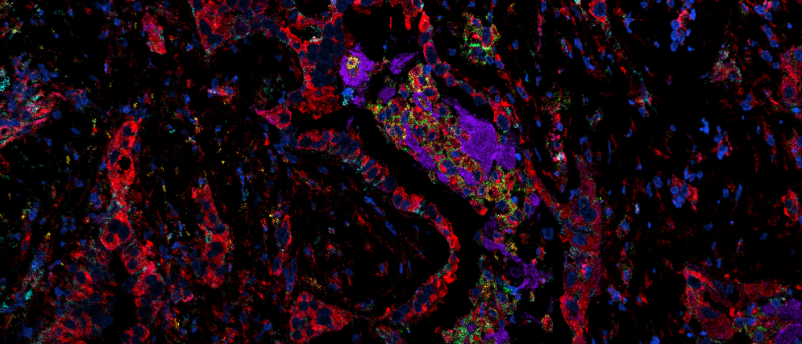Spatial approaches to cancer research

New multiomics technologies enable the detection of thousands of cancer cells and molecular biomarkers within a spatial context and are accelerating cancer and tumor heterogeneity research.
These spatial omics methods are revolutionizing how we understand tumor biology and have the potential to drive novel therapeutic approaches for cancer patients with poor prognoses.
Check out the follow up Q&A >>> Q&A: Spatial approaches to cancer research
What will you learn?
- Key cellular and molecular spatial omics methods
- Benefits and limitations of methods
- Applications of methods in cancer research
Who may this interest?
- Cancer biologists
- Scientists interested in getting started in the spatial omics field
- Scientists with a background in microscopy
Speaker

Sabrina Lewis
PhD Student
The Walter and Eliza Hall Institute
Sabrina is a Ph.D. student at the Walter and Eliza Hall Institute (WEHI) of Medical Research. Her Ph.D. project focuses on the development of spatial ‘omics methods using emerging and multidimensional microscopy techniques. Using these methods, Sabrina hopes to gain biological insight into breast cancer and metastatic disease. Prior to commencing her Ph.D., Sabrina graduated with a Bachelor of Science at the University of Melbourne and following this, undertook an Honours degree at WEHI where she used 3-dimensional imaging to study angiogenesis in the developing mouse eye.
This webinar was recorded on Thursday 5th May 2022
In association with
Supported by